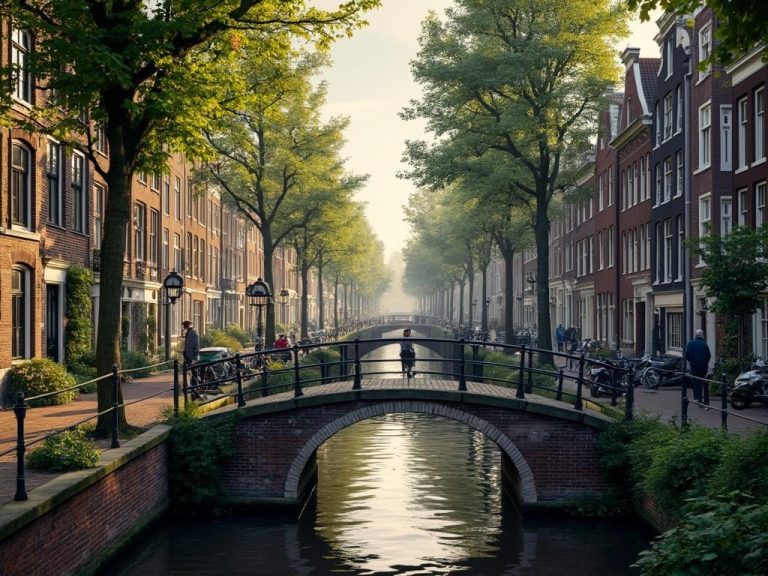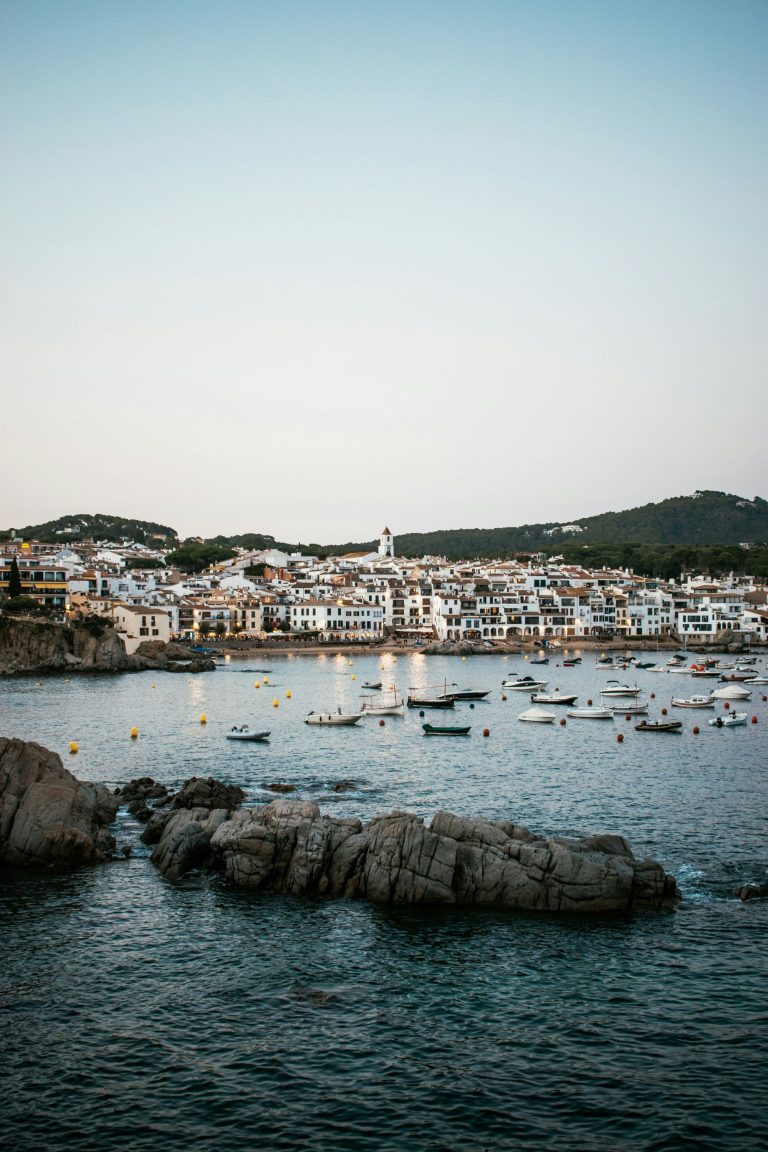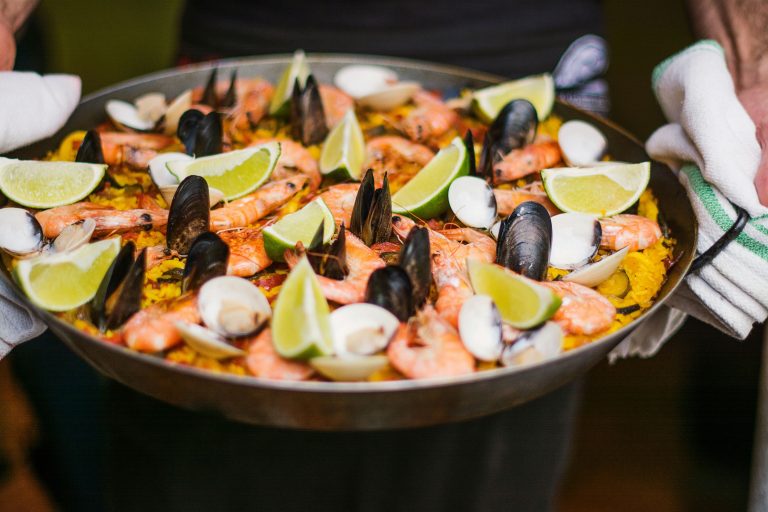Costa Brava – 4 places you must see!
1) The Salvador Dali Museum in Figueres
Our hit on the Costa Brava, but be warned, not everyone will like it!
Some people call it a “quirk” or “the fiery imagination of the author himself” and catch their heads looking at what was created in the place of the former, dilapidated municipal theater. For us, the Salvador Dali Museum is a place that allowed us to look at art from a completely different point of view and was imprinted in our memory as one of the most interesting places in Spain.
It is worth going to Figueres if you want to see something unique, take a break from the hot sun and sightseeing the cities. And you don’t have to be an art connoisseur or know the history of Dali’s work to have a pleasant time. Moreover, this museum is the second most popular museum in all of Spain!
2) Cadaqués
Let’s stay with Salvador Dali, but this time it will be less controversial. The town of Cadaqués, called by the artist an idyllic village, was where he spent his family holidays in his youth. The city is famous for the meetings of artistic elites who eagerly flocked to Cadaqués.
In this small port town, the attention is drawn to white, low-rise buildings reminiscent of Greek cities. Besides, it is often called a white town with a reason. Although it does not take up a large area, you can spend a lot of time just wandering through narrow streets. Remains of the city walls, including the tower from the 13th century, deserve attention.
There are many restaurants right on the shore with tables with umbrellas outside – a perfect place for lunch. Our attention was also drawn to a narrow, one-way road that leads right next to the built-up shoreline, and which is often densely frequented by cars! Our hair bristled as we watched the cars speeding over the “chasm”.
The location of the village itself is also climatic – by the bay, surrounded by hills. No wonder that the sea route was the easiest one to get to Cadaqués in its time. However, this does not mean that there are beautiful sandy beaches here. On the contrary – there are only rocky ones here, but it still does not prevent crowds of tourists in the high season.
If you would like to see the city from a distance, we recommend crossing the bridge to the small island at Platja des Sortell – you can see the entire bay and buildings from above.
3) Tossa de Mar
A beautiful, picturesque, medieval city must be on your list of places to see on the Costa Brava. It is worth coming to see and feel the contrast between the various coastal towns on the Costa Brava.
The most interesting and postcard view is the one on Mount Guardi (Mont Guardi) with its medieval walls and towers of Castel de Tossa. Known as Vila Vella or simply the old town surrounded by a fortified wall, it was built between the 12th and 14th centuries. At the top there are ruins of buildings and Far de Tossa, and walking along the streets around the hill you can feel like you were in a different era. In addition, the views from both sides of the bays and sandy beaches are delightful.
4) Girona
Girona is the largest town in the Costa Brava region.
On the right bank of the Onyar River is the Old Town with its narrow, winding streets. Walking along narrow roads surrounded by high walls, you can feel here like in a medieval city. High buildings provide shade and make it possible to rest here from the high temperatures. Take a stroll through the Carrer de la Forca, which takes you to the 17th-century staircase leading to the Cathedral de Santa Maria, which towers over the city. The interiors of this single-nave cathedral surprise with its austerity and delight with its gothic architecture.
Source: readyforboarding.pl







